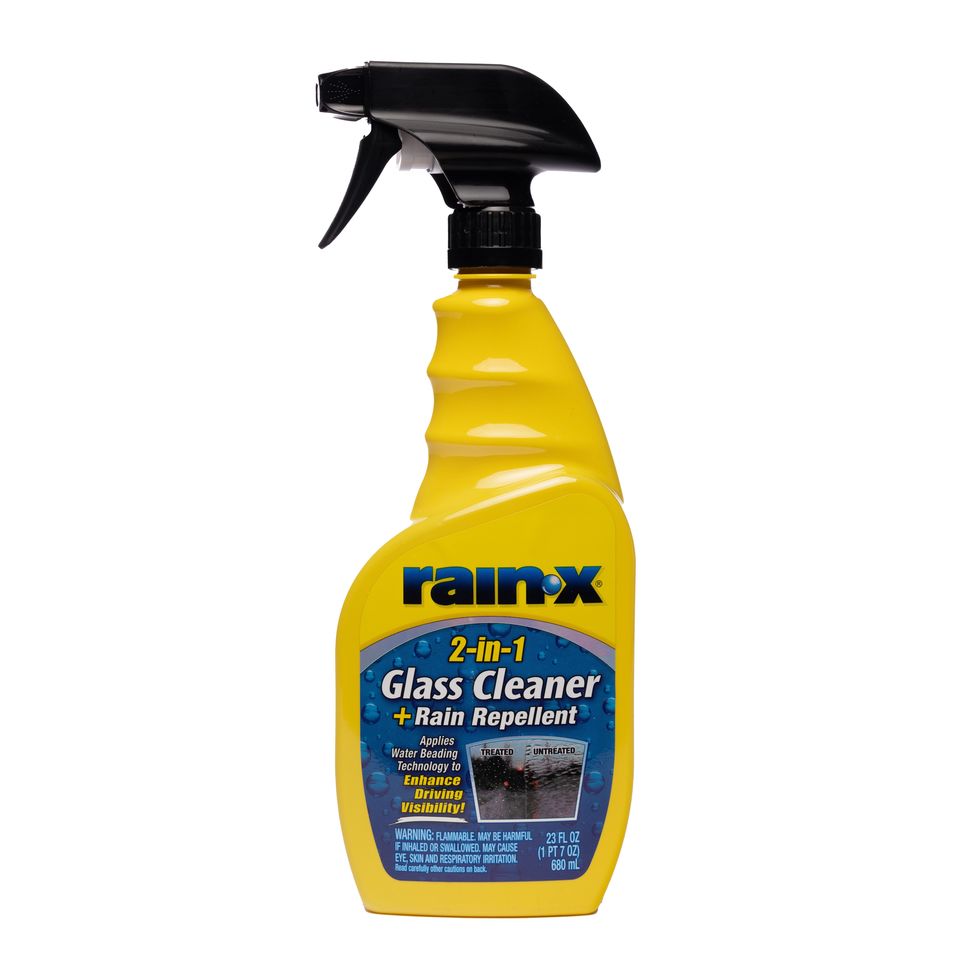
Statistics on customer service show that good customer service can make or break your business. Poor customer service is a major problem for businesses, costing them $75 billion every year. Poor customer service can lead to customers switching vendors. In fact, almost half of consumers will switch brands after only one bad experience. Your customers will likely fall in love with you if your customer service representative is helpful, friendly, and responsive.
Millennials are a top client base
According to customer service statistics, Millennials are willing to pay 21% more for a brand that provides excellent service. This generation has different expectations, so customer service must change to meet their needs. 63% of millennials initiate customer service interactions online. 43% prefer calling companies from their smartphones. It is therefore important to develop a customer service strategy that meets their needs.
Millennials place more importance on customer service than any other generation. Customer service statistics show that millennials will pay more for exceptional customer service than Baby Boomers and Gen X. They like to feel that businesses care about them. However, it is worth noting that only 4% of millennials actually complain about bad customer service, and 96% choose to stay silent. However, those who are unhappy about a service experience will tell at least nine people about it, and 13% will even tell more than 20 people.

Business customers who are not treated well cost them $75 billion per year
According to a recent report by NewVoiceMedia, poor customer service costs businesses $75 billion a year. This is an increase in customer service costs of $13 billion over the previous years. It is now time for businesses to take action. Although it is difficult to pinpoint exactly what causes poor customer service, research shows that many businesses are experiencing internal issues, shifting consumer expectations, and a host other problems. Whatever the reason, every year organizations lose money due to substandard service.
Studies show that people recall negative experiences more often than positive ones. One bad experience can make a customer lose their loyalty. Even if the customer doesn't complain directly to a company, they can tell up to 16 people about their dissatisfaction, which could lead to them switching to other companies. Another 51 percent of customers are unlikely to do business again with a company after a negative experience. Companies must take preventive measures to avoid making such a costly error.
The second most-used communication channel is social media
Social media is an excellent tool for customer service. Customers can use it 24/7 to communicate with them. It allows businesses reach customers instantly, answer quick questions, and share interesting news first. It allows businesses to reach an international audience. But it is important that you know how to use the social media correctly to ensure that your customers feel satisfied.
Telephone calls were, historically speaking, the fastest way for customers to get their issues resolved. It beat out the post office. Social media has made customer service more personal. Using real-time communication can make a difference in gaining customers and increasing sales. Companies that are able to respond quickly to social media users can enjoy a 3 to 20% increase in sales per interaction.

Millennials are the most sensitive to poor customer services
Recent research shows that millennials have a greater tolerance for poor customer service than the older generations. 39% of millennials will return to a company if they have had bad customer service. However, only 23% older consumers would want to go through the same experience again. To retain their business, millennials must have better customer service.
While millennials are a very popular target market, there are some downsides to this generation. The millennial generation is well-known for their sensitive reactions to poor customer service. Many companies are working to reach this generation.